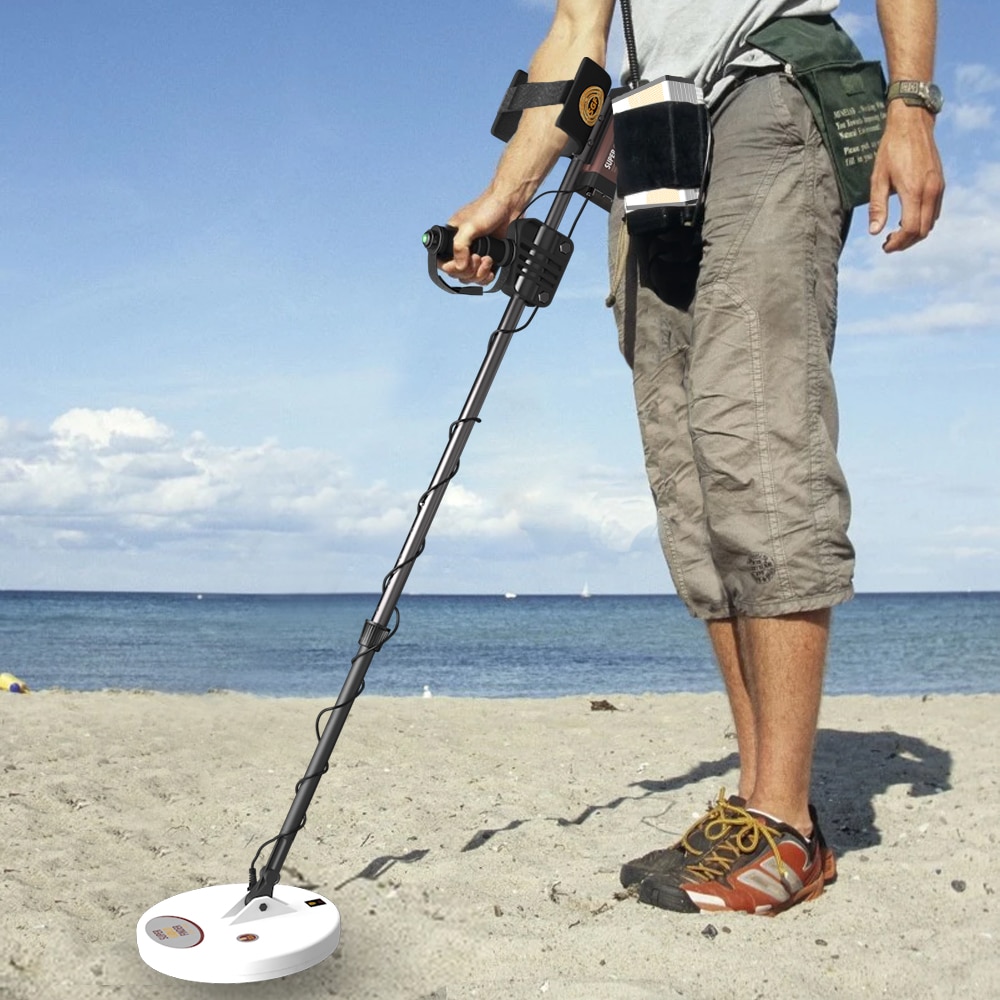Sealing plastic bags properly can be a challenge, especially when it comes to craft supplies that need to be kept in a closed bag. Fortunately, there is a simple and cost-effective method that you can use to seal plastic bags without the need for a bag sealing machine. In this article, we will explore a tutorial on how to seal plastic bags using an iron, providing you with a step-by-step guide to make the process easier and more efficient.
The technique of sealing plastic bags with an iron is not only practical but also saves you money on purchasing expensive bag sealing machines. With just a few materials and a bit of practice, you can achieve airtight seals, keeping your craft supplies safe and protected. So, let’s dive into the tutorial and discover how to seal plastic bags effectively.
Materials Needed:
– Plastic bags
– Craft supplies to be sealed
– Iron
– Heat-resistant surface (such as a wooden board or an ironing board)
– Parchment paper or a thin cloth
Step 1: Prepare Your Craft Supplies
Before we start sealing the plastic bags, make sure to have your craft supplies ready. This could include beads, sequins, buttons, or any other small items that need to be stored in a closed bag. Having everything organized and within reach will make the process smoother.
Step 2: Set Up the Heat-Resistant Surface
Choose a heat-resistant surface to work on. An ironing board or a wooden board works best for this purpose. Make sure that the surface is clean and free from any debris that may hinder the sealing process.
Step 3: Preheat Your Iron
Turn on your iron and set it to a low or medium heat setting. It is important to avoid using high heat as it may cause the plastic to melt quickly, resulting in an imperfect seal. Give the iron a few minutes to reach the desired temperature.
Step 4: Prepare the Plastic Bag
Take one of the plastic bags that you want to seal and ensure it is clean and dry. Remove any excess air from the bag by pressing it gently or by using a vacuum-sealing technique for better results. Keep in mind that removing the air will help create a tighter seal and prevent your craft supplies from getting damaged by moisture or air exposure.
Step 5: Position the Parchment Paper or Thin Cloth
Place a sheet of parchment paper or a thin cloth on top of the heat-resistant surface. This step is crucial to protect the plastic bag from direct heat and prevent it from sticking to the iron.
Step 6: Seal the Plastic Bag
Lay the opened plastic bag flat on top of the parchment paper or thin cloth. Fold the top edge of the bag over once, creating a clean fold. Then, fold it over again, ensuring that the folded portion is wide enough to accommodate the width of your iron.
Step 7: Apply Heat to Seal the Bag
Carefully move the preheated iron over the folded portion of the plastic bag. Apply gentle and even pressure as you move the iron back and forth, allowing the heat to melt the plastic together. Take your time during this process to ensure that the seal is secure and airtight.
Step 8: Test the Seal
After sealing the plastic bag, let it cool down for a few seconds, and then gently tug on the sealed edge to ensure it is firmly sealed. If the seal feels loose or you notice any gaps, repeat the process, applying more heat and pressure until you achieve the desired result.
Step 9: Repeat the Process
Continue sealing the rest of your plastic bags following the same steps. Take breaks if needed and make sure to adjust the heat of the iron accordingly to avoid any mishaps.
Congratulations! You have successfully sealed your plastic bags using an iron. This simple and cost-effective method allows you to keep your craft supplies organized, protected, and readily accessible whenever you need them. By sealing the bags yourself, you eliminate the need for a bag sealing machine, saving you time and money.
In conclusion, the process of sealing plastic bags for craft supplies can be simplified with the use of an iron. By following the step-by-step tutorial provided in this article, you can easily seal your plastic bags in a cost-effective manner. Remember to always exercise caution when using heat and ensure the plastic bags are free from any moisture or debris before sealing. Enjoy the benefits of airtight seals and keep your craft supplies safe and secure!
Bagging Machine
“Efficient Bag Sealing Techniques: Mastering the Iron Method and Bag Sealing Machine”

